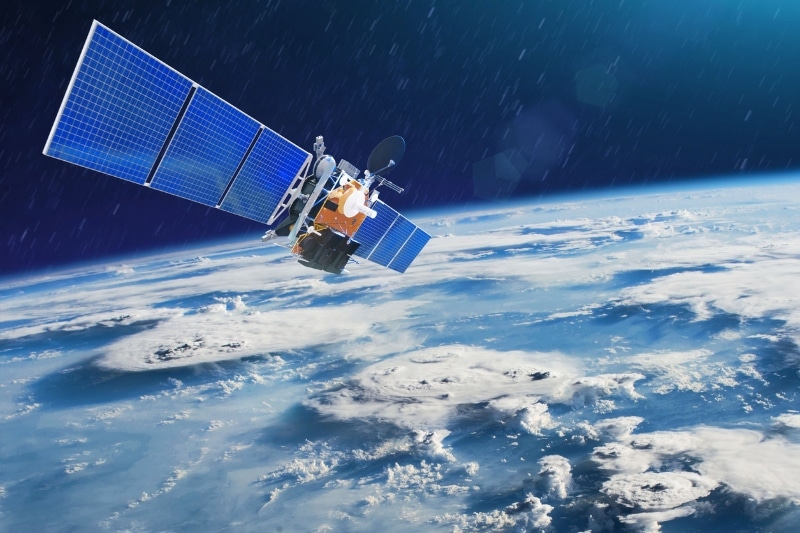Since 2007, Vietnam has been producing small satellites and has made significant progress in this field, despite being a newcomer to the space race.
The country has concentrated on the manufacture of small satellites due to limited capability in science and technology. However, with the support from Japan Aerospace Exploration Agency (JAXA), Vietnamese engineers now can create micro satellites after many years of researching and production.
In 2013, the first home-built satellite, PicoDragon, was successfully launched into space and remained there for three months. In 2019, the Uchinoura Space Center in Japan’s Kagoshima Prefecture launched another satellite, the MicroDragon, into space on an Epsilon 4 rocket. This satellite was designed and produced by 36 Vietnamese engineers who were sent to five prestigious Japanese universities to study space technology.
In 2021, NanoDragon, a nano-layer cubesat made up of numerous tiny modules and weighing roughly four kilos, was successfully sent into orbit. NanoDragon marked another milestone for Vietnam in the quest to conquer space, as it was researched and integrated totally into Vietnam by Vietnamese scientists.
In the national strategy for the development and application of space science and technology by 2030, Vietnam targets to become an expert in the production of small satellites so that the country can self-manufacture such satellites, stressing that the country needs long-term investment and participation of businesses. The growing interest in satellite technology in Vietnam also presents an opportunity for foreign companies to partner with Vietnamese firms and tap into the country’s fast-growing market for space-related services and technologies.
(Source: VietnamPlus)
